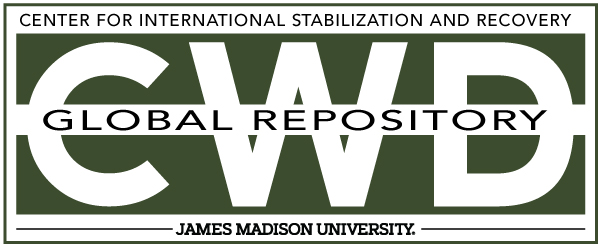Document Type
Other
Creative Commons License

This work is licensed under a Creative Commons Attribution-Noncommercial-No Derivative Works 4.0 License.
Publication Date
5-2020
Keywords
ERW Clearance, Victim Assistance, Advocacy and International Law, Yemen, HI, Explosive Weapons, Urban, Populated, Clearance
Abstract
In Yemen, the massive use of explosive weapons with wide area effects in populated areas has not only had deadly consequences for civilians, but has also had a dramatic impact on the infrastructure and systems that civilians depend upon to access essential services. Yemen shows how the long-term or reverberating effects of explosive weapons use, referring to how the destruction of infrastructure has implications for the wider systems of services in a country, are just as deadly in a crisis as injuries from the explosion and even impact a greater number of people than those in the vicinity of the original attack. The damage inflicted on the infrastructure and services necessary for food, transport, health, and water threaten civilians and prolong suffering long after the bombing has ended.
For this reason, States, UN agencies, international organisations, and civil society, including HI and other members of the International Network on Explosive Weapons, are working to end the harm caused by explosive weapons in populated areas by setting international norms against their use and are calling on all States to support the development of a strong political declaration against the use of explosive weapons with wide area effects in populated areas.
Included in
Defense and Security Studies Commons, Peace and Conflict Studies Commons, Public Policy Commons, Social Policy Commons



